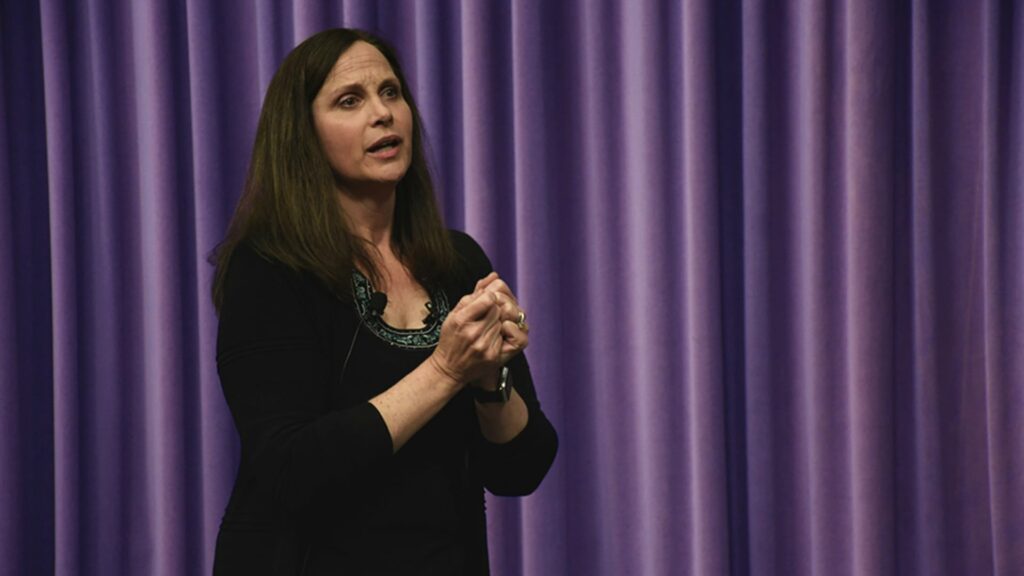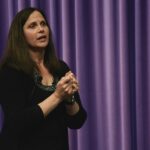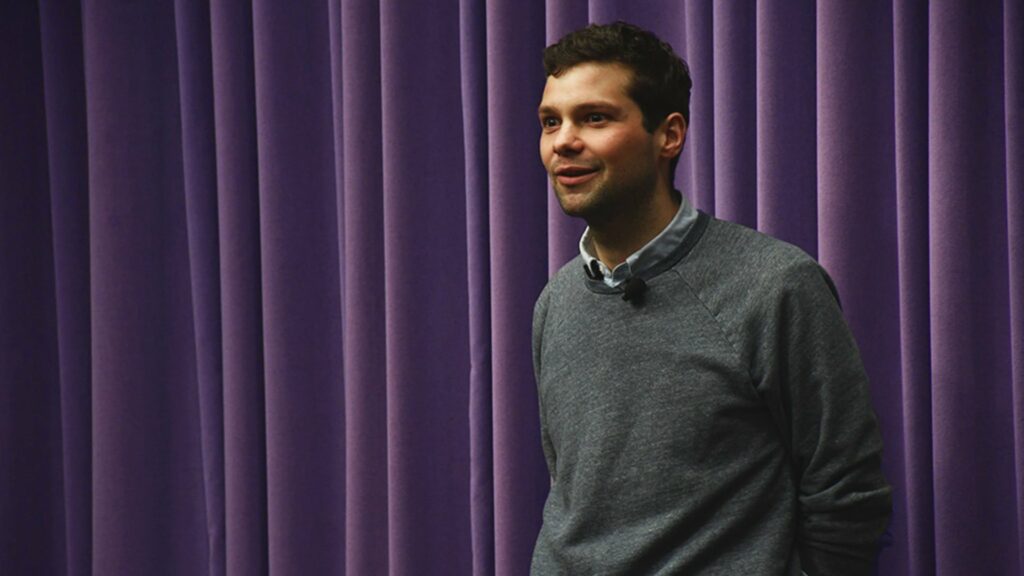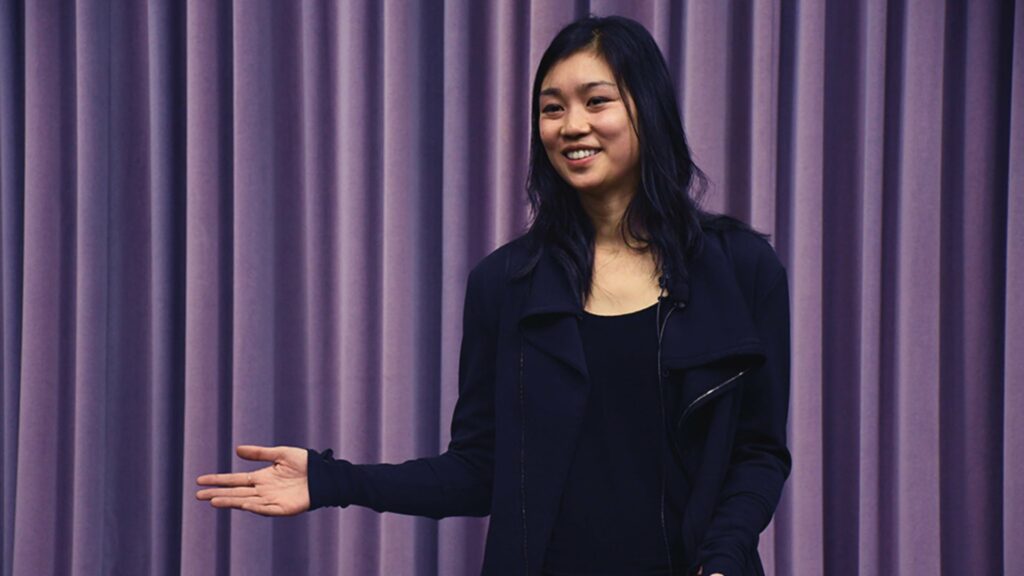
In some sense, the concept of “open innovation” has been with us all along. Yes, this Forbes article claims the term originated just a few years ago with a professor from the University of California, at Berkeley, who once worked as a computer-industry manager in Silicon Valley. And according to Wikipedia, the word “crowdsourcing” was coined in 2006.
But before all the business speak, the basic concept existed as the “wisdom of the masses.” Nonetheless, it is insightful to hear from those currently at the forefront of innovation how this creative process has evolved over the years, how it will look in the years ahead, and how it can deepen customer engagement in real time.
How It Used to Be
In her Entrepreneurial Thought Leaders (ETL) talk at Stanford last year, Deborah Hopkins, chief innovation officer at Citi Ventures, talked about transparency, openness and idea sharing as the pillars of her operation. But she also acknowledged that, traditionally, it was quite the opposite in the business world.
Those with the bright ideas felt like they should keep it to themselves, Hopkins explained, because business professionals back then were taught that “knowledge is power” — and that their secret insights would secure them that corner office with the view.
Where We’re Headed
Another ETL speaker deeply immersed in innovation, Padmasree Warrior, talked about how, over the past few centuries, we have gone from “the era of the solitary genius” (think Thomas Edison) through the rise of corporate labs such as Bell Labs and Xerox Parc, to more open models of innovation such as, yes, crowdsourcing.
But as she sees it, Warrior — the chief technology and strategy officer for Cisco Systems — says the next stage in innovation will deliver products that improve experience across multiple domains: hardware, software, user interface and design.
How Else It Helps
Besides allowing companies to harvest the best ideas from a broad pool of minds, allowing others to participate in the innovation process can also help a business by deepening customer engagement — especially in the startup phase.
As serial entrepreneur Matthew Rabinowitz said in another recent ETL talk, “If your customers feel they are part of that process, and they take a certain ownership, that can really lock them in emotionally.”
A Ph.D. candidate in the Stanford Technology Ventures Program recently published a new study related to open innovation — on how organizations elicit suggestions from the public. Read about it here.







